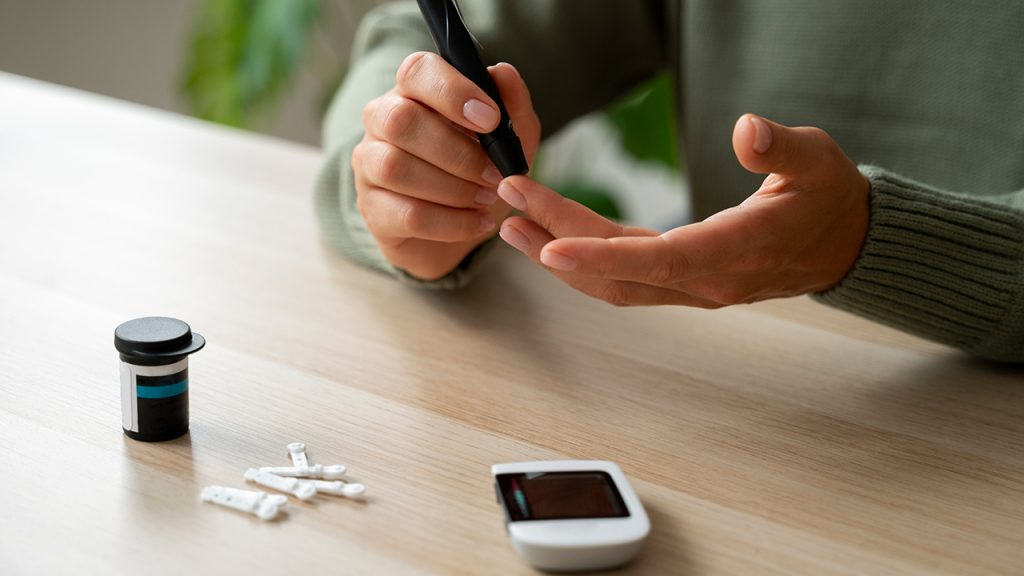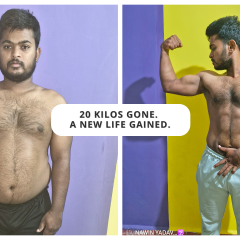 Have you ever wondered if there’s a real difference between Type 1 and Type 2 diabetes? Maybe you’ve heard the terms tossed around but never really got the full picture. You’re not alone! Diabetes is often misunderstood, but knowing the difference between the two types could be a game-changer—for yourself or someone you care about.
Have you ever wondered if there’s a real difference between Type 1 and Type 2 diabetes? Maybe you’ve heard the terms tossed around but never really got the full picture. You’re not alone! Diabetes is often misunderstood, but knowing the difference between the two types could be a game-changer—for yourself or someone you care about.
So, let’s break it down in a simple, no-jargon way—because understanding your health shouldn’t feel like solving a puzzle.
What Exactly Is Diabetes?
Imagine this: your body runs on glucose (sugar) for energy, like a car runs on fuel. To get that fuel into your cells, your body uses a key—insulin—produced by your pancreas. But when that key either doesn’t exist or doesn’t work properly, glucose stays in your bloodstream, causing blood sugar to rise. That’s diabetes in a nutshell.
Let’s Meet Type 1 Diabetes: Autoimmune & Unexpected
Think of Type 1 as your immune system going rogue—mistaking your healthy insulin-producing cells for enemies and attacking them. As a result, your body stops making insulin altogether.
Who Gets It?
It often shows up in children or young adults, but it can surprise anyone at any age. It’s not caused by lifestyle, and you can’t prevent it.
Signs to Look For:
⚡ Constant thirst
⚡ Frequent urination
⚡ Sudden weight loss
⚡ Fatigue
⚡ Blurred vision
Treatment?
Insulin for life—via injections or a pump. And with proper care, people with Type 1 diabetes can live full, vibrant lives.
Type 2 Diabetes: The Lifestyle-Linked One
Now, Type 2 is more like your cells ignoring the key. Your body still makes insulin, but your cells don’t respond properly—a condition called insulin resistance.
Who’s at Risk?
Mostly adults over 40, but it’s becoming common in younger people due to poor diet, lack of exercise, and weight gain.
What You Might Notice:
⚠️ Tiredness
⚠️ Slow-healing cuts
⚠️ Tingling in hands/feet
⚠️ Frequent infections
⚠️ Subtle weight gain
Treatment?
- Lifestyle changes: diet + exercise
- Medication (e.g., Metformin)
- Insulin (in later stages for some)
Here’s the good news: Type 2 is often preventable and reversible with the right lifestyle tweaks.
Quick Comparison: Type 1 vs Type 2
|
Feature |
Type 1 Diabetes |
Type 2 Diabetes |
|
Cause |
Autoimmune destruction |
Insulin resistance |
|
Onset Age |
Usually younger people |
Usually 40+, but now younger |
|
Insulin Production |
None |
Reduced/ineffective |
|
Treatment |
Insulin only |
Lifestyle, meds ± insulin |
|
Preventable? |
No |
Often, yes |
|
Onset Speed |
Sudden |
Gradual |
Can You Prevent or Reverse Type 2 Diabetes?
Absolutely.
Here’s how you can stay ahead:
- Eat balanced, whole foods
- Stay active—150 minutes a week does wonders
- Maintain a healthy weight
- Sleep well, stress less
- Get regular health check-ups
Remember: small steps today can lead to big wins tomorrow.
Understanding the difference between Type 1 and Type 2 diabetes helps you make better choices and support others on their health journey. Whether you’re managing the condition or simply staying informed, awareness is your superpower.
💬 Have tips or a personal experience with diabetes? Share it in the comments—we’d love to hear from you!
#BeTheForce
Disclaimer: The information provided in this blog is for general awareness and educational purposes only. It is not intended to replace professional medical advice, diagnosis, or treatment. Always consult a qualified healthcare provider for personalised medical guidance or concerns related to your health.




Leave a Reply